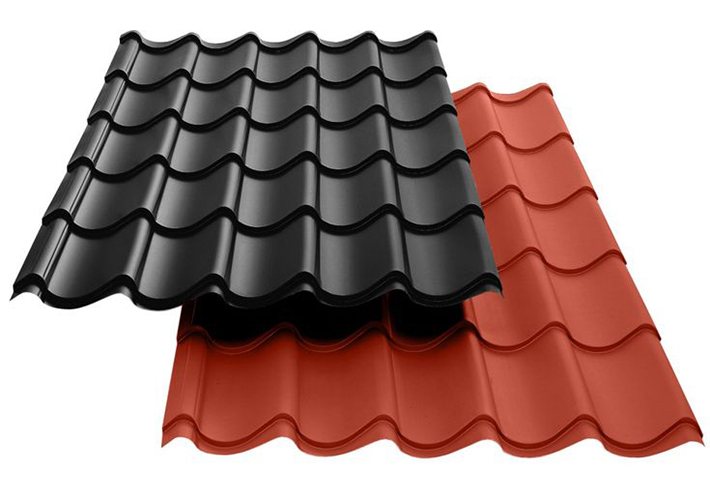In the construction industry, “B.W.G.” stands for “Birmingham Wire Gauge.” It is a standardized system used to specify the diameter or thickness of wire, sheet metal, or other metallic materials. The Birmingham Wire Gauge system originated in Birmingham, England, and has been widely adopted in various industries, including construction, for specifying sizes and ensuring uniformity in materials used. The gauge numbers in B.W.G. typically correspond to specific measurements in inches or millimeters, with lower gauge numbers indicating thicker wire or metal and higher gauge numbers indicating thinner materials.

Here are a few examples to illustrate how Birmingham Wire Gauge (B.W.G.) works in practice:
- B.W.G. 4: This gauge number corresponds to a wire diameter of approximately 0.232 inches (5.89 mm).
- B.W.G. 8: This gauge number corresponds to a wire diameter of approximately 0.165 inches (4.19 mm).
- B.W.G. 12: This gauge number corresponds to a wire diameter of approximately 0.109 inches (2.77 mm).
- B.W.G. 16: This gauge number corresponds to a wire diameter of approximately 0.065 inches (1.65 mm).
- B.W.G. 20: This gauge number corresponds to a wire diameter of approximately 0.035 inches (0.89 mm).
These gauge numbers and corresponding diameters are standardized so that materials specified as B.W.G. 16, for example, will have consistent dimensions regardless of the manufacturer. This system helps in maintaining uniformity and predictability in the construction materials used.
For more information, please contact us https://www.sinogrp.com/contact-us/





